Cardboard caulking tubes are an essential tool for home improvement and construction. They are used to house materials which seal gaps and cracks in walls, doors, and windows, preventing air, moisture, and pests from entering. Read More…
Valk Industries provides engineering and manufacturing services for cardboard tubes as well as custom thermoformed items like clamshells, blister packs, trays and filler material.
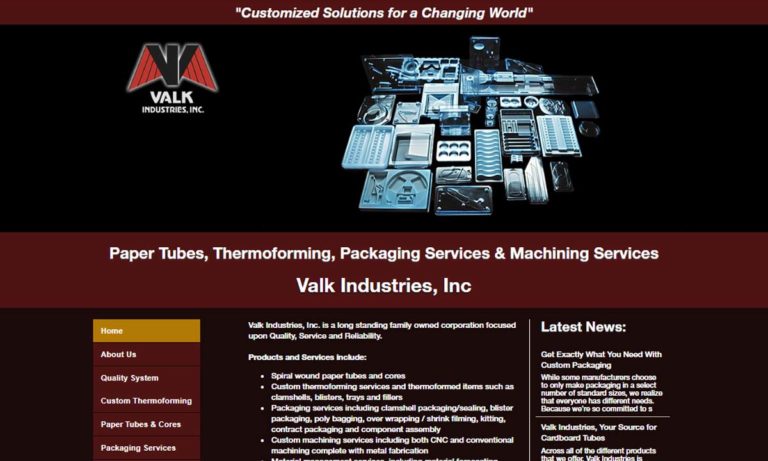
Western Container partners with the world`s top spiral tube equipment designers & paperboard manufacturers, to bring our customers the very best paper tubing and precision cores.
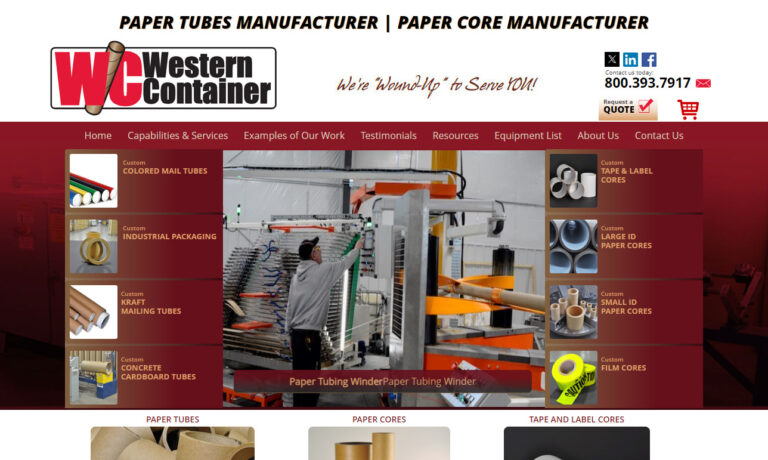
Chicago Mailing Tube is a premier manufacturer of custom paper tubes, containers, and cores, providing products that are both high quality and economical. CMT has been meeting custom size and design requirements for its customers since 1902.

Here at Paper Tubes and Sales we are a proven manufacturer of high quality cardboard tubes. These products are ideal for a multitude of industries and our teams are available to assist you with determining the best paper tube for your application.
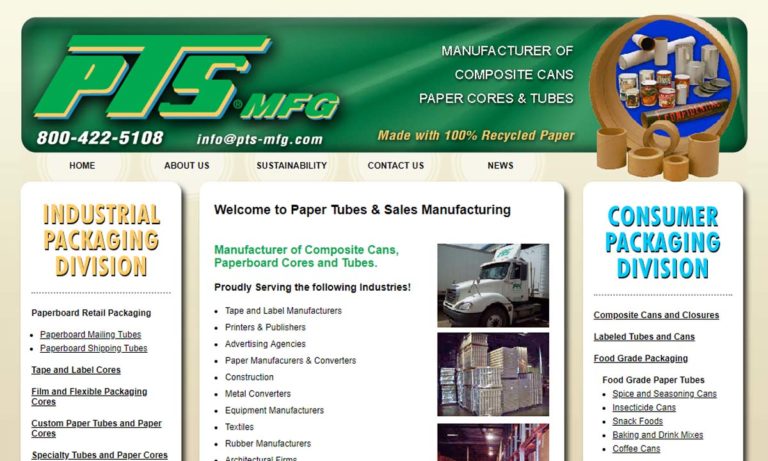
Marshall Paper Tube Company designs and manufactures custom labeled cans, tubes, and mailings. We can create amazing custom designs in full color for your product or brand. We also provide specialty items like coin collection banks and fundraising cans. All of our products are made in the United States of America and out of 100% recycled paperboard in an effort to stay “green.”
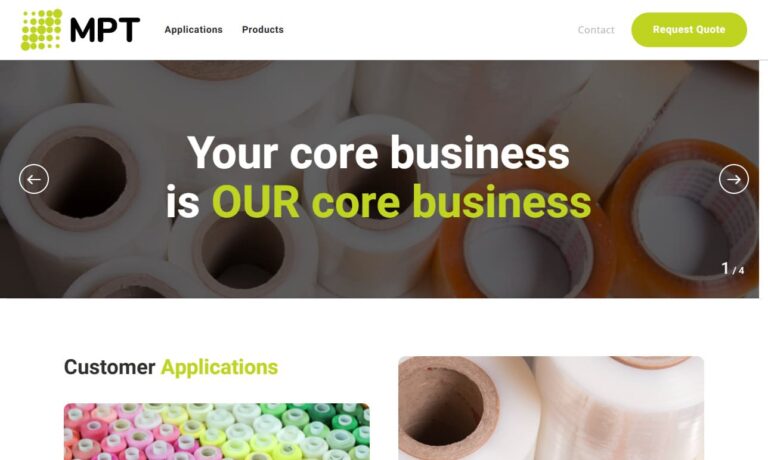
More Caulking Tube Manufacturers
Creating Cardboard Caulking Tubes
Standard cardboard caulking tubes are created using a combination of cardboard material, typically recycled paperboard, a tube-forming machine, and an adhesive. The process starts by cutting the paperboard into a precise size, then feeding it into a tube-forming machine, which shapes the paperboard into a tube. Once the tube is formed, adhesive is applied to one end to seal it shut, and the other end is left open for filling. The tubes are then cut to the desired length, bundled, and sent to the manufacturer for filling with caulking or other materials.
Variation in Design and Creation
Cardboard caulking tubes can vary in size, shape, thickness, and material composition. For instance, there are several types of cardboard caulking tubes available in the market, including standard tubes, mini tubes, and bulk tubes. Standard tubes come in sizes ranging from 10-30 oz, while mini tubes are available in 2-5 oz sizes. Bulk tubes, on the other hand, can hold up to 600 oz of caulking material and are designed for large-scale projects. The design of the tube can also be adjusted based on specific applications, such as the type of caulking material being used, the size of the gap or crack being sealed, and the desired level of flexibility or stiffness. Additionally, some manufacturers use different materials, such as plastic or metal, to create the tube's end caps, which can increase the tube's durability and moisture resistance.
Other Uses of Cardboard Caulking Tubes
While cardboard caulking tubes are primarily used to house caulking material, they can also be used for other materials, such as adhesives, sealants, and other viscous substances. However, using cardboard caulking tubes for other materials may have drawbacks, such as limited shelf life and the risk of material leakage due to the tube's porous nature.
Considerations Regarding Caulking Tubes
Additionally, cardboard caulking tubes can have some considerations themselves, such as being susceptible to moisture damage and having a limited shelf life. To prevent damage, it is recommended to store these tubes in a cool and dry place. Additionally, once these tubes are opened, they should be used within a few days to avoid the caulking material from drying out.
Benefits of Cardboard Caulking Tubes
Caulking tubes can be made from various materials, including plastic, metal, and cardboard. Each material has its own advantages and disadvantages. Plastic caulking tubes, for instance, are durable and reusable, making them a good option for those who need to use the same material over a longer period of time. However, plastic is not biodegradable and can be harmful to the environment. Metal caulking tubes, on the other hand, are also durable and reusable, but they can be heavy and difficult to transport. Additionally, metal tubes can rust or corrode over time.
While metal and plastic tubes may offer greater durability or reusability, cardboard caulking tubes offer several advantages over plastic and metal tubes, including:
Eco-Friendliness
As previously mentioned, cardboard caulking tubes are often made from recycled paperboard, making them a more sustainable option than plastic or metal tubes. Additionally, cardboard is biodegradable and can be easily recycled, reducing waste and promoting a more environmentally friendly approach.
Lightweight
Cardboard caulking tubes are typically much lighter than their plastic or metal counterparts, making them easier to transport and handle. This can be particularly useful for contractors or DIYers who need to carry multiple tubes to a job site.
Easy to Use
Cardboard caulking tubes are easy to cut open and apply, making them a convenient option for both professionals and DIYers. Additionally, cardboard tubes can be easily squeezed to apply the desired amount of caulking material.
Cost-Effective
Cardboard caulking tubes are often less expensive than plastic or metal tubes, making them a cost-effective option for sealing gaps and cracks in various applications.
Customizable
Cardboard tubes can be easily printed with custom designs or labels, making them a great option for branding or advertising purposes.
Applications of Cardboard Caulking Tubes
As a result of these benefits, cardboard caulking tubes are used to house materials used for sealing gaps and cracks in various applications, including:
Construction
Cardboard caulking tubes are commonly used in the construction industry for materials that seal gaps and joints in buildings, such as around windows, doors, and walls.
Home Improvement
DIYers often use the sealants in cardboard caulking tubes for home improvement projects, such as sealing gaps in baseboards, crown molding, and other areas of the home.
Automotive
Cardboard caulking tubes can also be used in automotive applications to hold materials used for sealing gaps in car doors, windows, and other areas of the vehicle.
Plumbing
Cardboard caulking tubes find use in plumbing applications while housing materials used to seal gaps and joints in pipes, fittings, and fixtures.
Arts and Crafts
Cardboard caulking tubes can be repurposed for arts and crafts projects, such as creating paper mache objects or as a base for DIY candle molds.
Choosing the Correct Cardboard Caulking Tube Supplier
To ensure you have the most positive outcome when purchasing cardboard caulking tubes from a cardboard caulking tube supplier, it is important to compare several companies using our directory of cardboard caulking tube suppliers. Each cardboard caulking tube supplier has a business profile page highlighting their areas of experience and capabilities, along with a contact form to directly communicate with the supplier for more information or to request a quote. Review each cardboard caulking tube business website using our proprietary website previewer to quickly learn what each company specializes in. Then, use our simple RFQ form to contact multiple cardboard caulking tube companies with the same form.






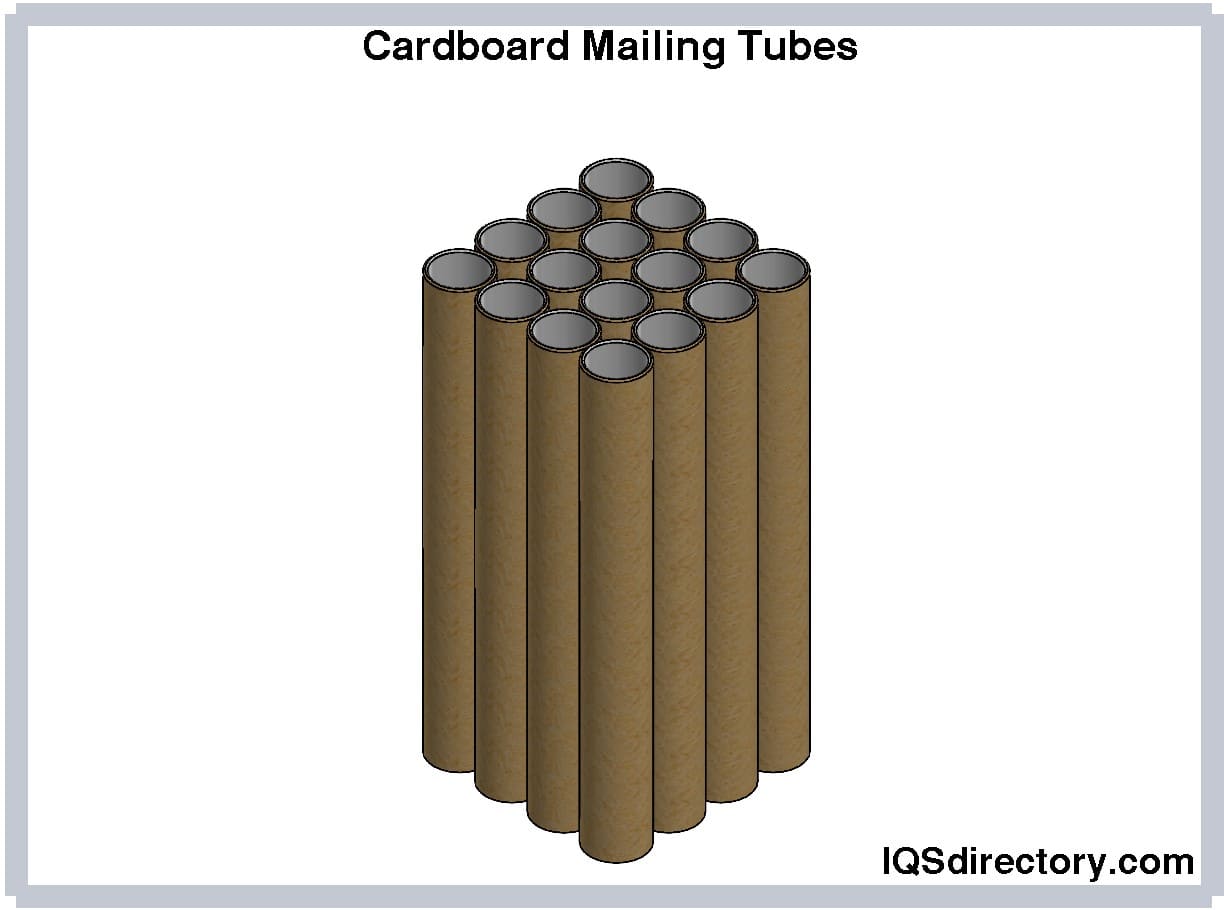
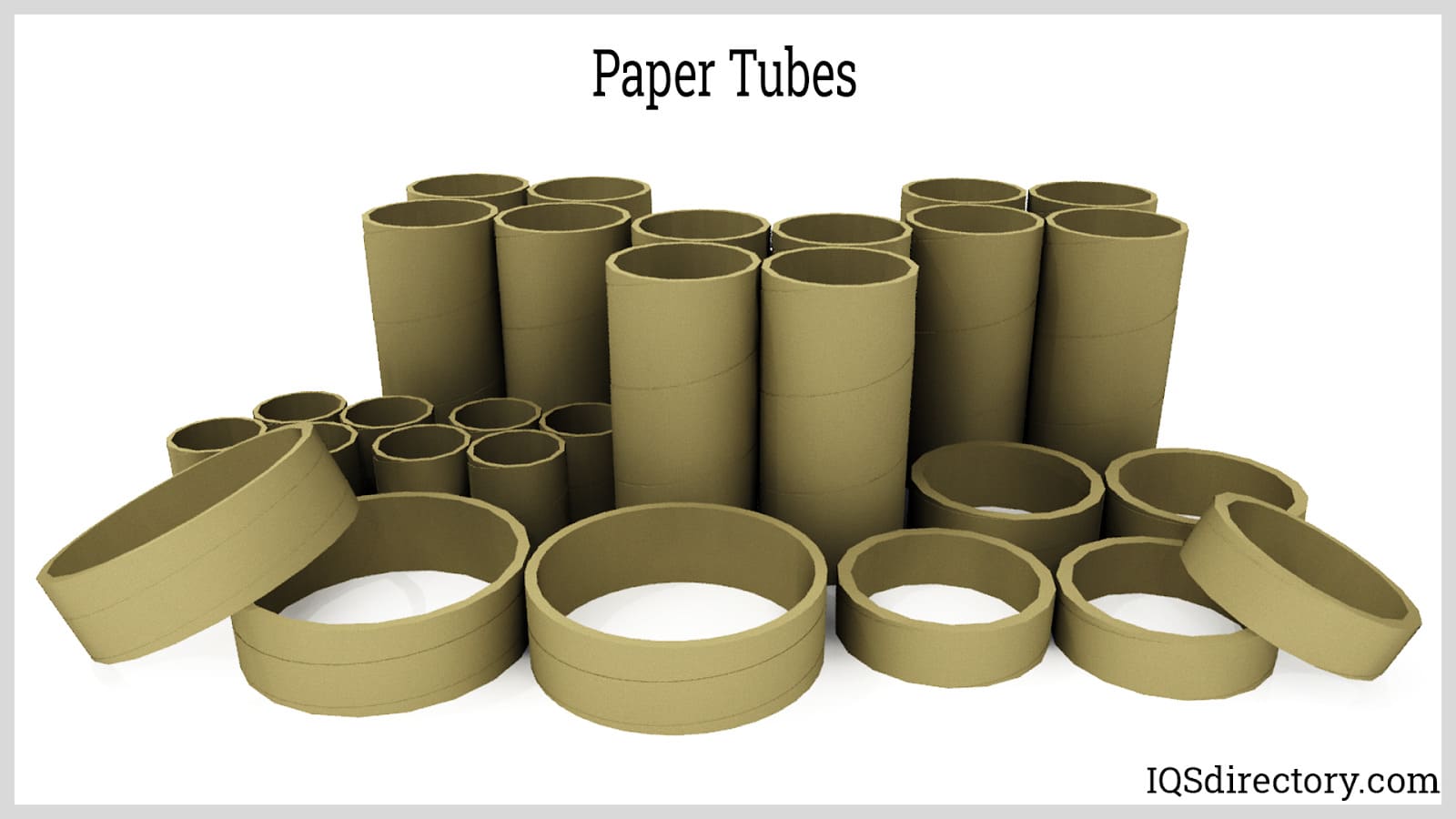
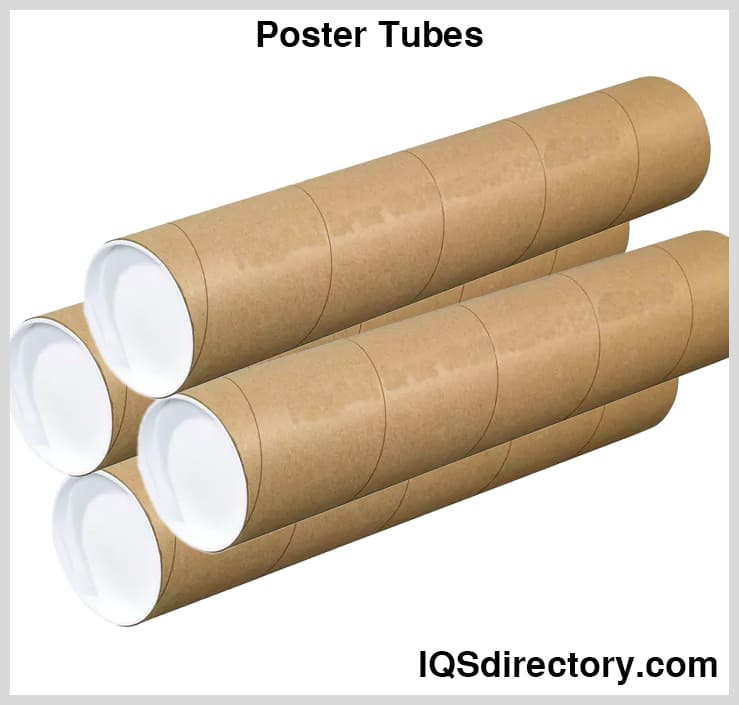
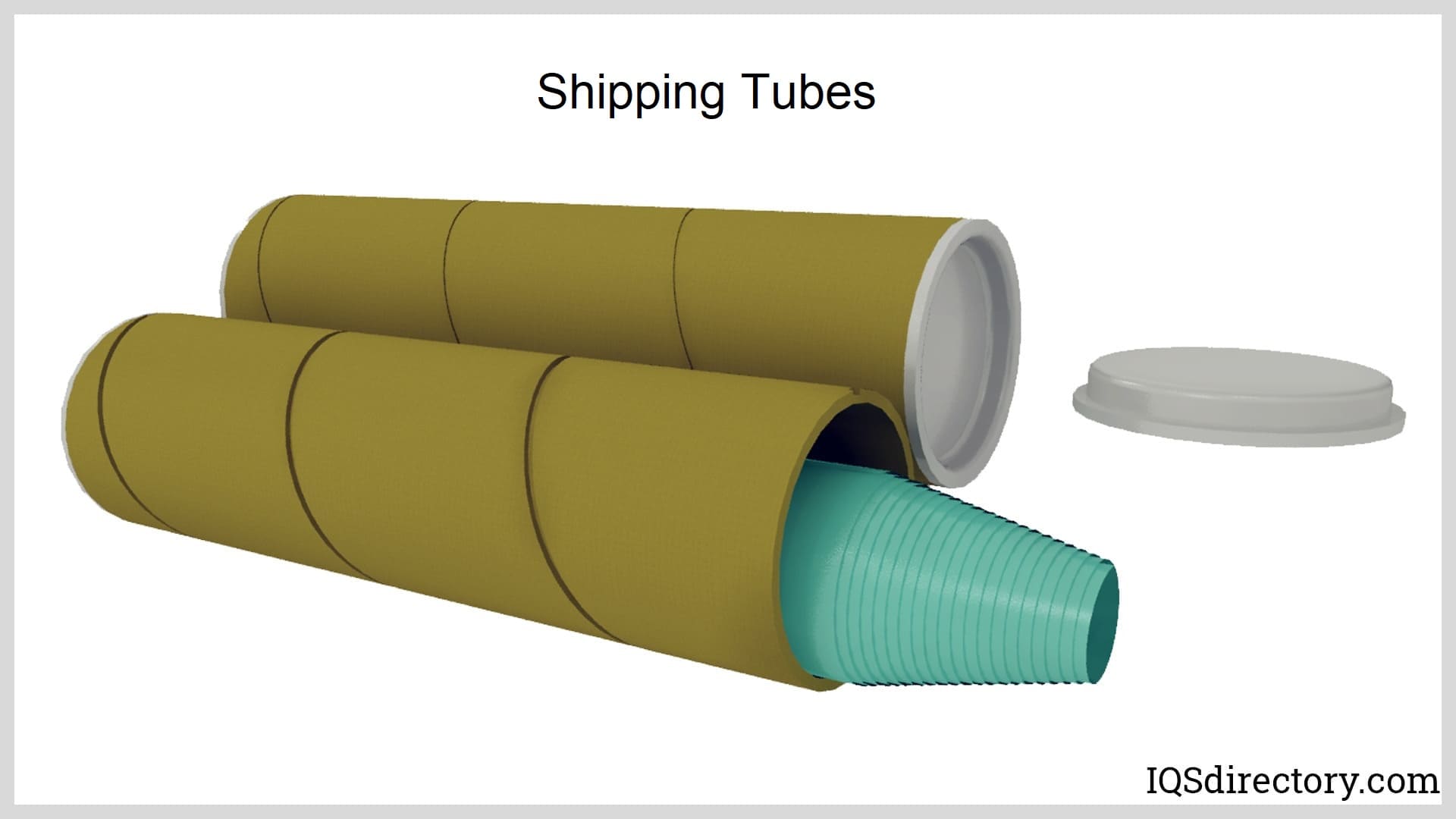
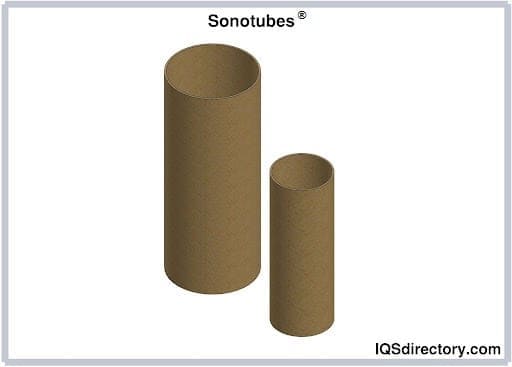
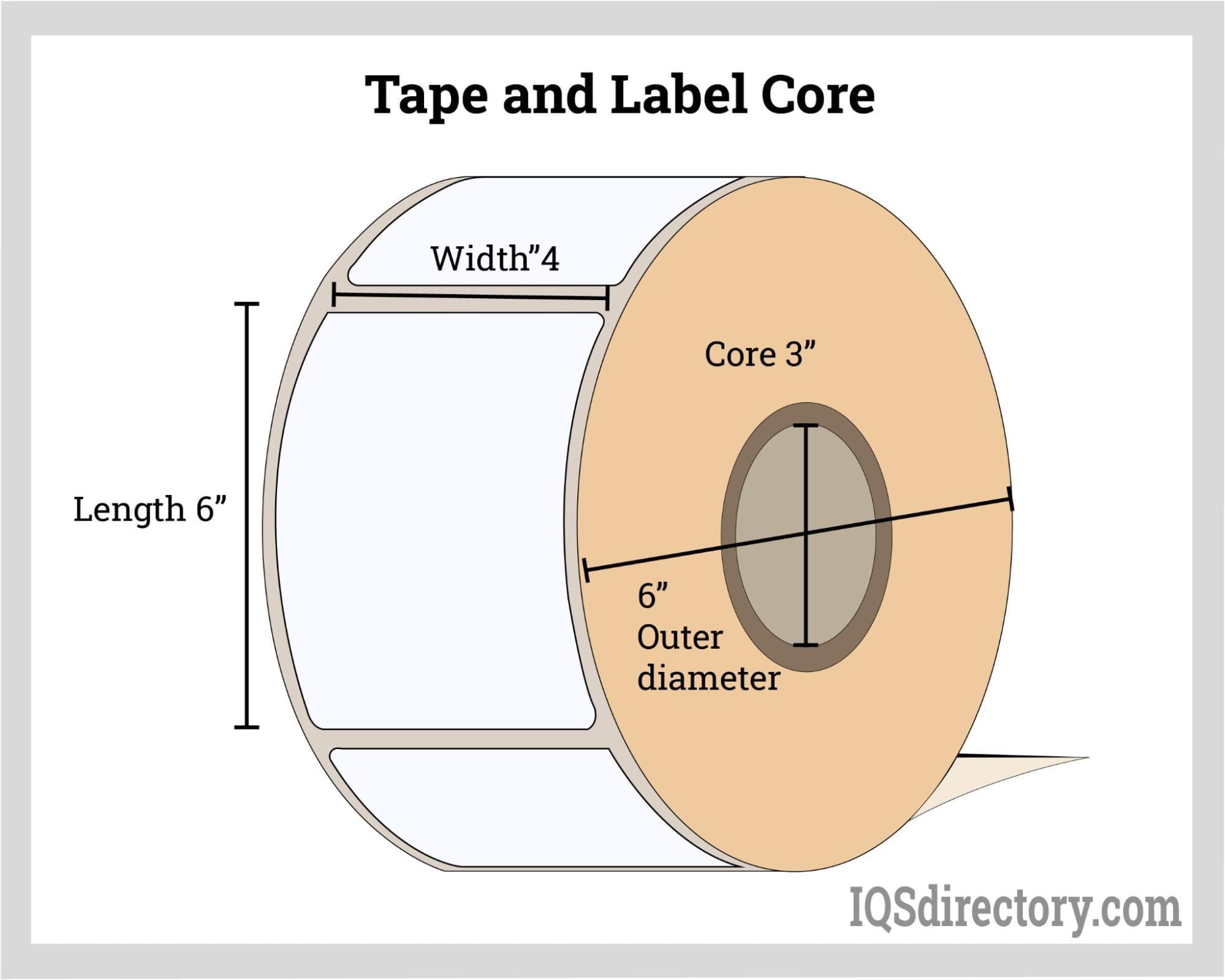
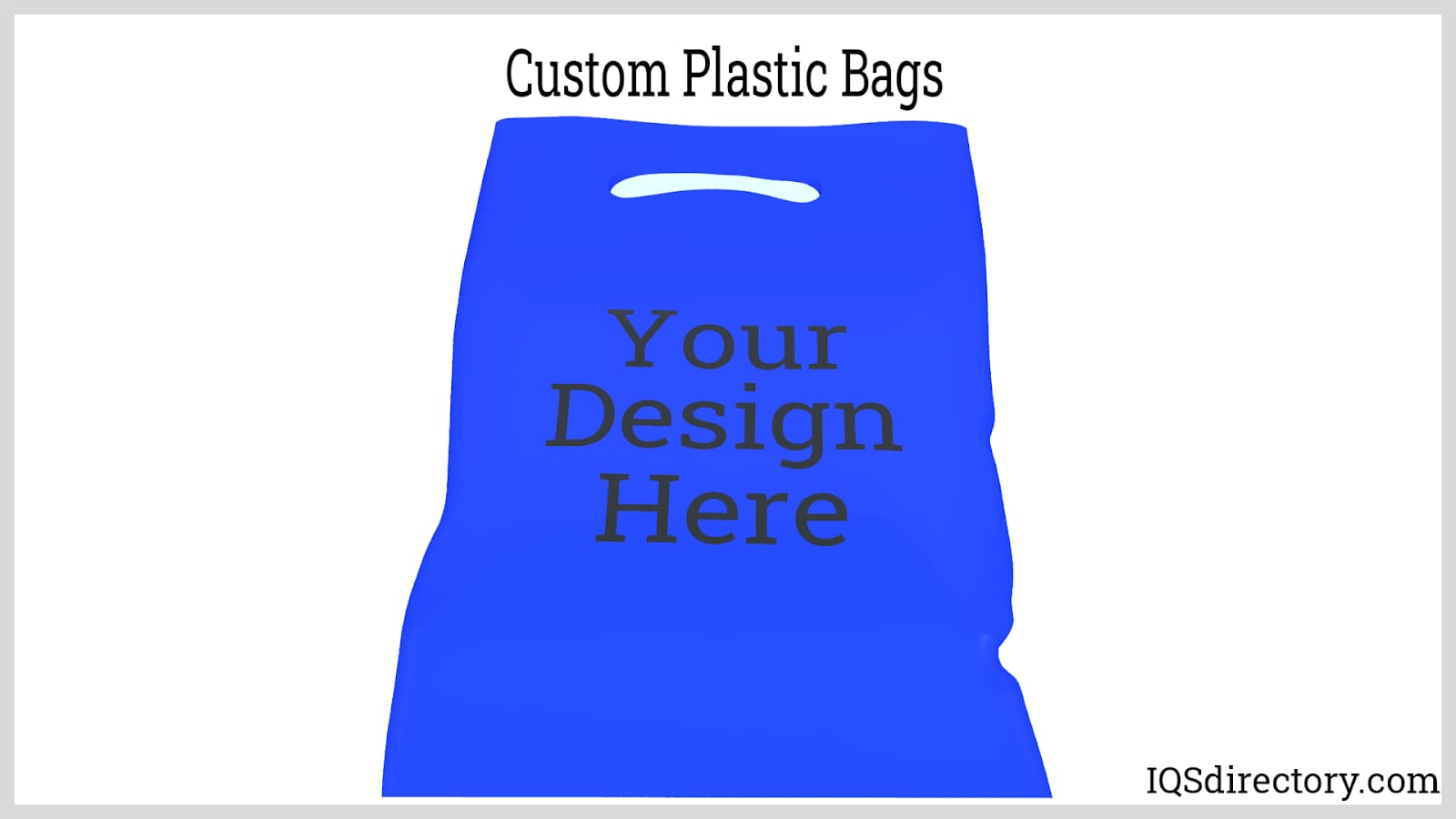
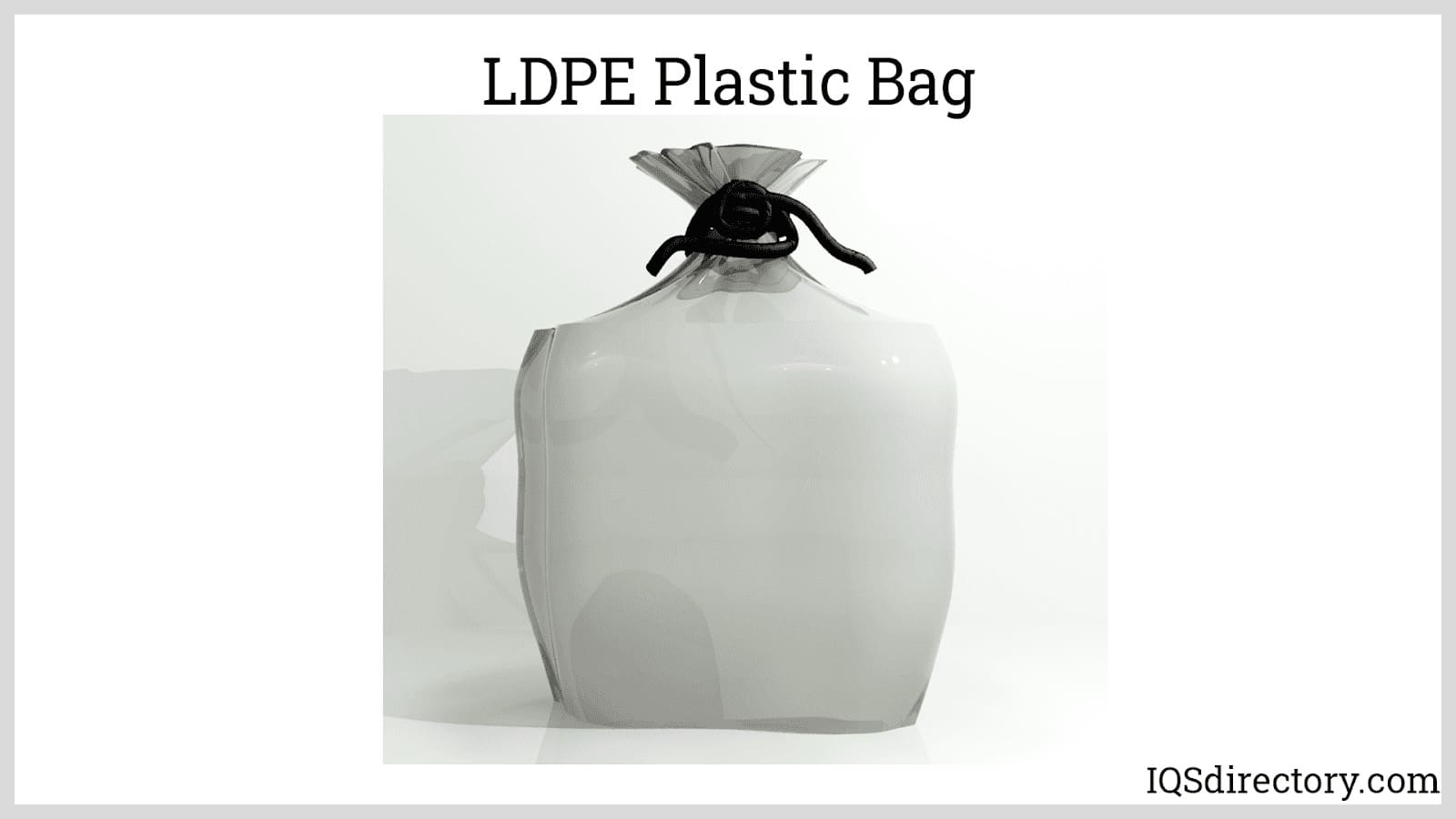
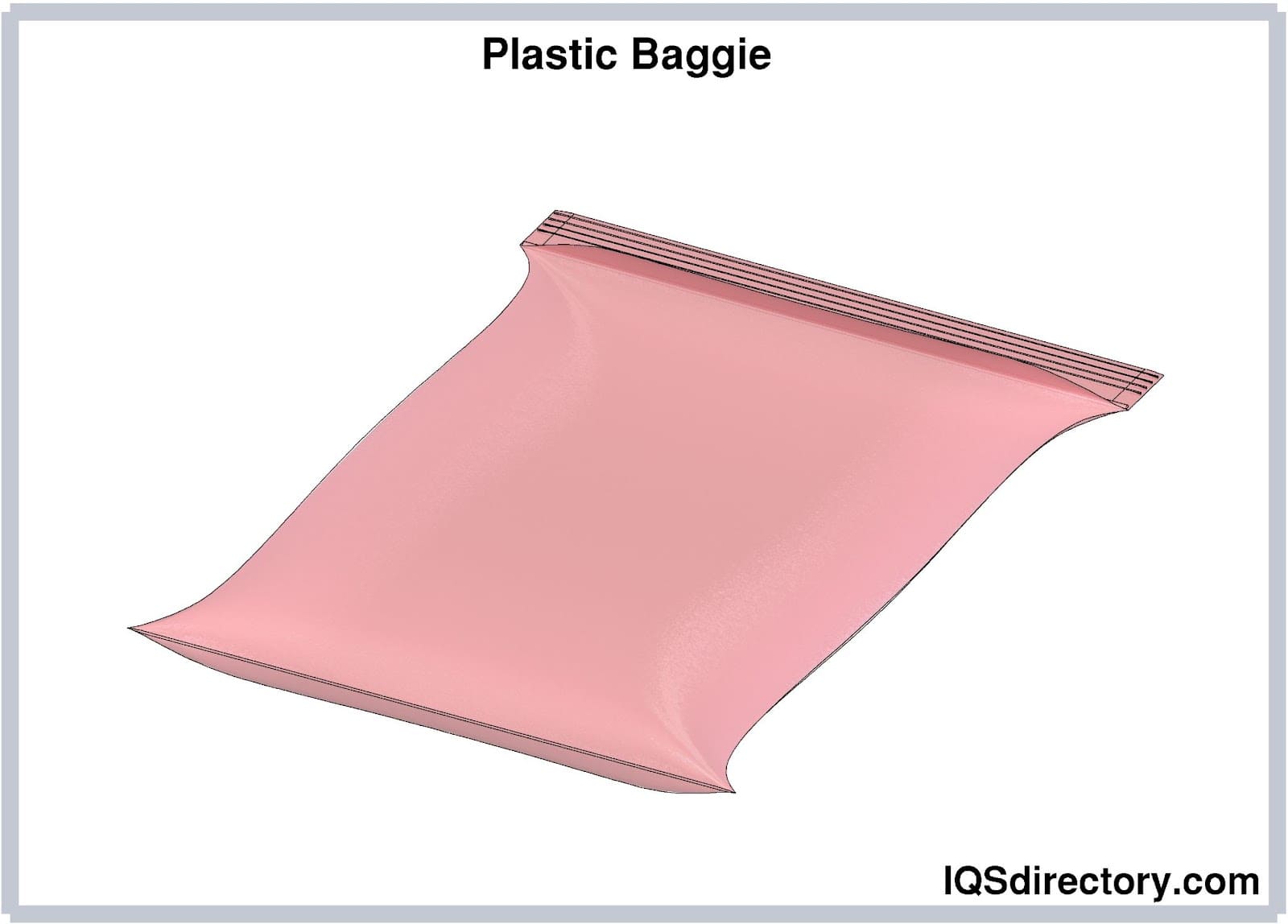
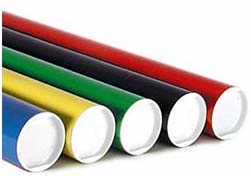 Cardboard Tubes
Cardboard Tubes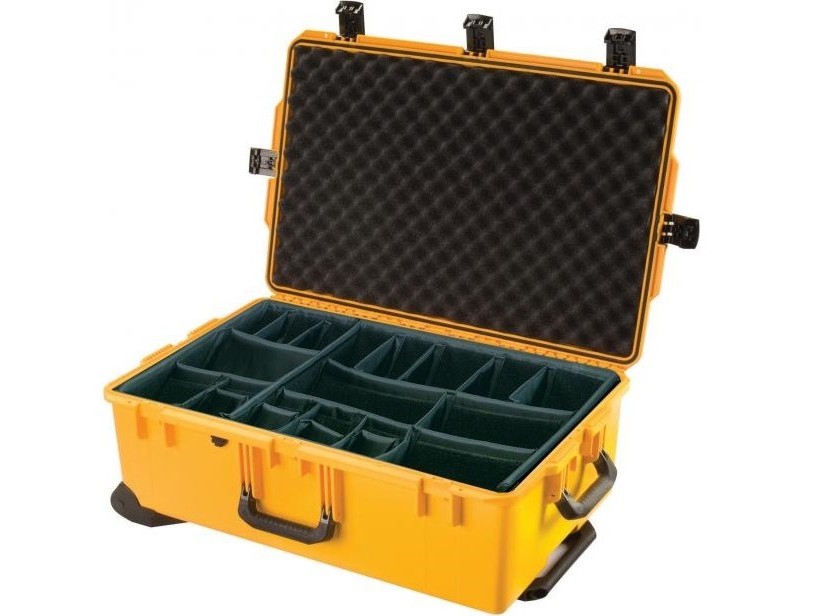 Carrying Cases
Carrying Cases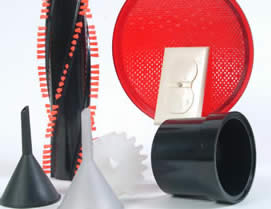 Contract Packaging
Contract Packaging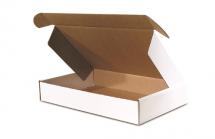 Corrugated Boxes
Corrugated Boxes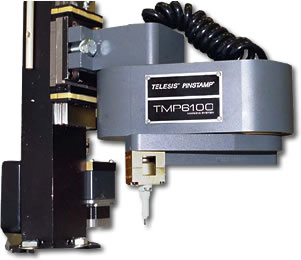 Dot Peening Machines
Dot Peening Machines Labeling Machinery
Labeling Machinery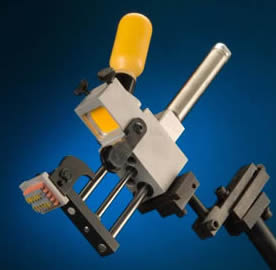 Marking Machinery
Marking Machinery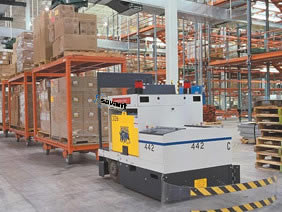 Packaging Equipment
Packaging Equipment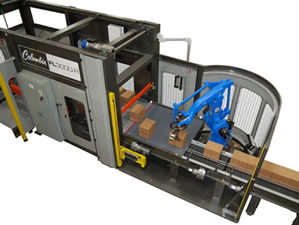 Palletizers
Palletizers Plastic Bags
Plastic Bags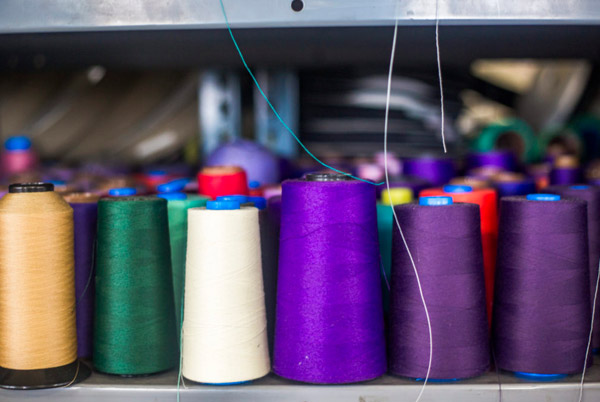 Sewing Contractors
Sewing Contractors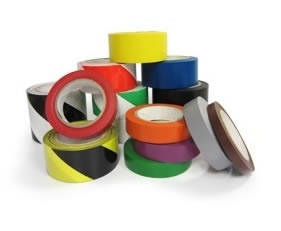 Tape Suppliers
Tape Suppliers Castings & Forgings
Castings & Forgings Bulk Material Handling
Bulk Material Handling Electrical & Electronic Components
Electrical & Electronic Components Flow Instrumentation
Flow Instrumentation Hardware
Hardware Material Handling Equipment
Material Handling Equipment Metal Cutting Services
Metal Cutting Services Metal Forming Services
Metal Forming Services Metal Suppliers
Metal Suppliers Motion Control Products
Motion Control Products Plant & Facility Equipment
Plant & Facility Equipment Plant & Facility Supplies
Plant & Facility Supplies Plastic Molding Processes
Plastic Molding Processes Pumps & Valves
Pumps & Valves Recycling Equipment
Recycling Equipment Rubber Products & Services
Rubber Products & Services